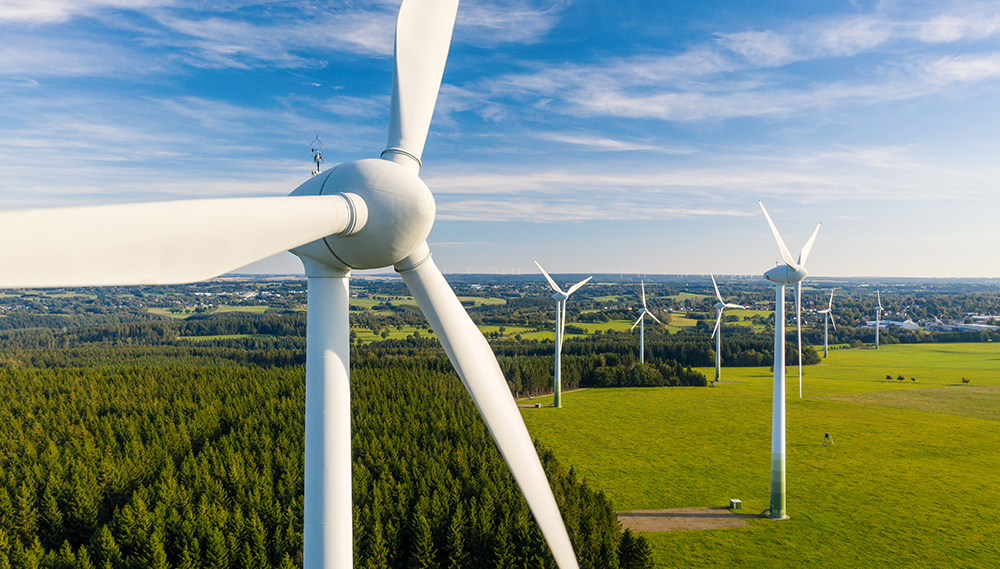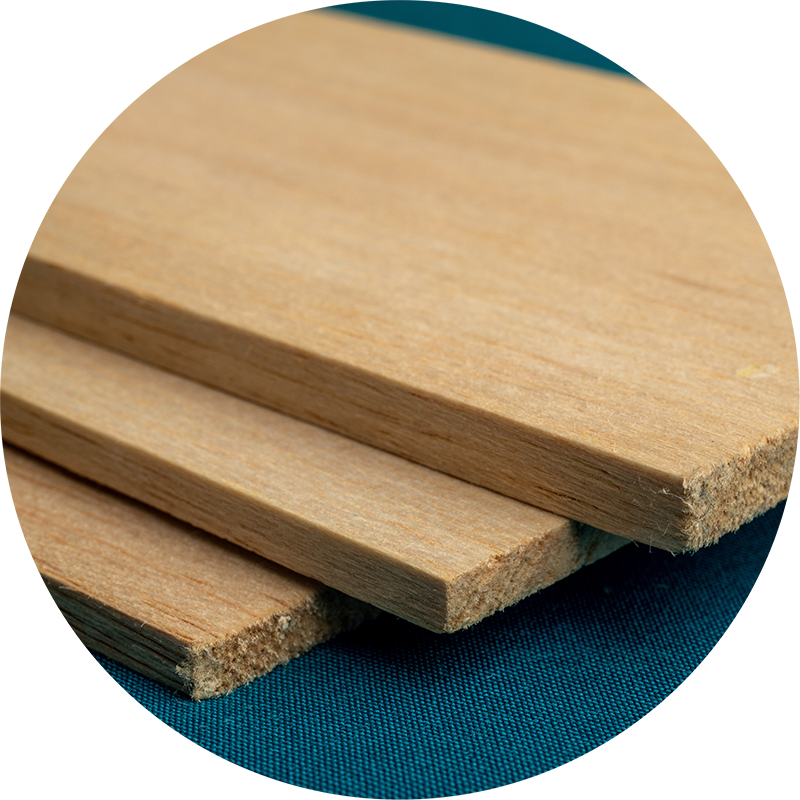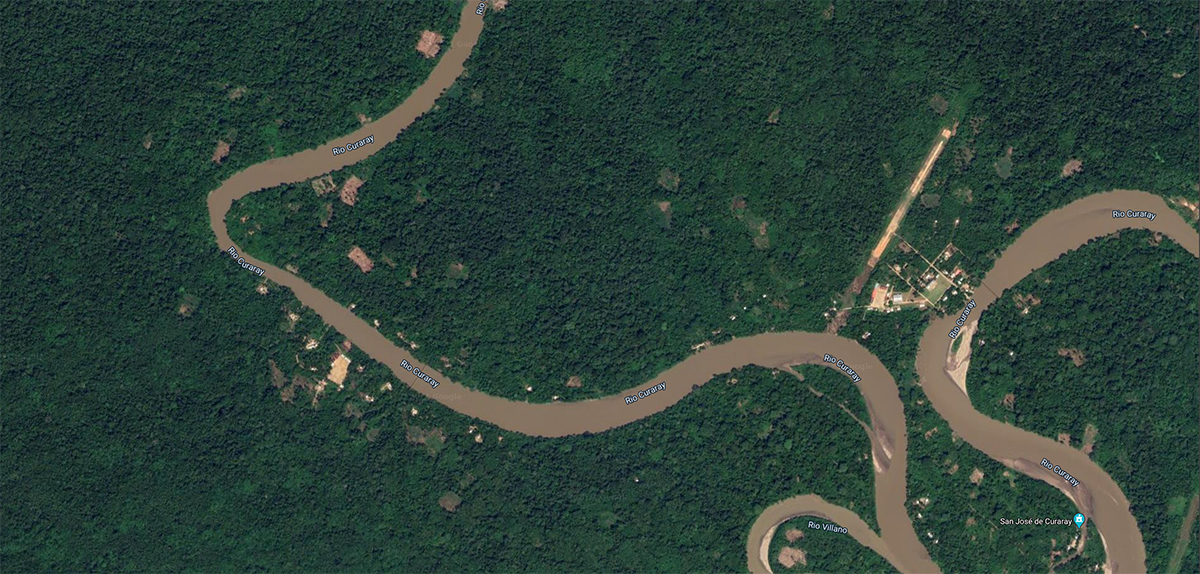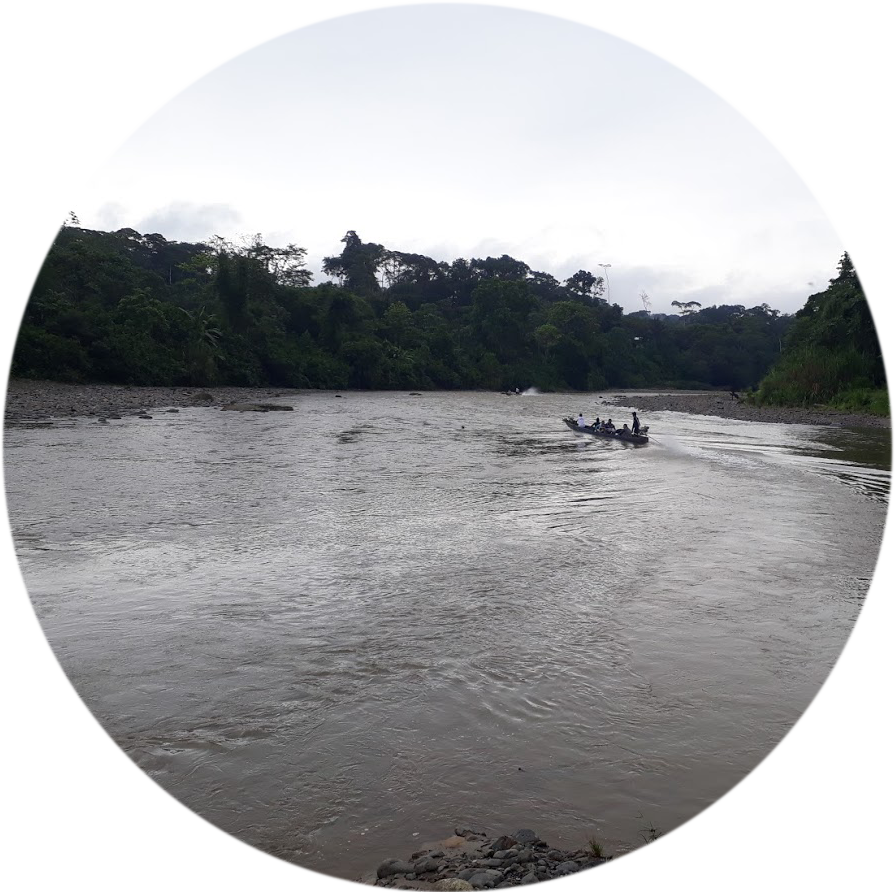The Wood Behind the Wind

- A Look at City Wind Turbines – An Interview With Dr Stephen Dance
- Planting Trees – Understanding its Role in Carbon Offsetting
We have been putting the wind to good use for centuries; sailors have harnessed it to drive boats, farmers use it to grind grains for bread and, today, we use it to produce carbon free renewable energy.
Over the last decade, global wind power has been increasing by 9% a year. 2020 saw the biggest increase in installed capacity, up by 24%, bringing the total capacity for 2020 to 64GW of onshore and 7.3GW of offshore. At present, the two leading nations in wind capacity are China and the United States.
What is Wind Power?
A wind turbine, technically known as an Aerofoil Powered Generator, is a device that converts kinetic energy from the wind into electrical power.
As wind passes over the blades their aerodynamic design catches the air which causes them to rotate. The blades are connected to a shaft in the unit at the top of the turbine, known as the nacelle, which is then connected to a generator. As the blades rotate the shaft turns the generator which converts this kinetic energy into electricity.
The generated electricity then passes through a transformer which converts the electricity into the correct voltage before it is sent off to the grid for consumption.
The blades of a wind turbine can be hundreds of feet long. The longest, created by LM Wind Power in France, is 351ft long. That is taller than Big Ben.
 Today’s blades are made from balsa wood which is sandwiched between two bits of fiberglass. The bigger the blades, the more balsa wood they contain. Engineers in the US have calculated that 100m blades need 150 cubic meters (5,300 cubic feet) of balsa wood.
Today’s blades are made from balsa wood which is sandwiched between two bits of fiberglass. The bigger the blades, the more balsa wood they contain. Engineers in the US have calculated that 100m blades need 150 cubic meters (5,300 cubic feet) of balsa wood.
Where does this wood come from?
Balsa plantations exist and balsa trees are fast growing; reaching optimal density within 5-7 years. New plantations were installed in the mid-2000s when demand was high but in 2011 turbine production slowed dramatically and many plants reduced their production. This led to a shortage of balsa supplies when demand increased again in 2018. By 2020 the demand had outstripped supply so much that balsa prices tripled.

Ewegono is a small village on the Curaray river in the Ecuadorian Amazon. It is home to nine indigenous families and a large supply of balsa wood. As loggers started arriving in 2019, and offered up to $150 per day, the villagers grabbed any tool they could find and got to work. Like the gold rush in the mid 19th century, it became a free-for-all. Some loggers seeked permits to source balsa wood legally, others forged permits and invaded the reserve leading to local vegetation being destroyed and the degradation of the forest.
 The forest has now been over-logged with young trees even being felled to support demand. The regulatory protection for these trees is less than that of rare species. Customs agents have highlighted the issue of overlogging where illegal balsa is laundered by mixing it with other wood for transportation. With the riverbanks stripped of trees, the land is now at risk of flooding.
The forest has now been over-logged with young trees even being felled to support demand. The regulatory protection for these trees is less than that of rare species. Customs agents have highlighted the issue of overlogging where illegal balsa is laundered by mixing it with other wood for transportation. With the riverbanks stripped of trees, the land is now at risk of flooding.
As time went on, loggers started paying some villages in alcohol and drugs, with this leading to violence amongst the locals. The Waorani kicked out the loggers in October 2020 but, in some areas, locals were taken hostage in exchange for the remaining balsa wood. By December 2020 the loggers were completely gone.
The Future of Balsa
This may be the nail in the coffin for balsa demand. Due to this supply issue, PET, a cheaper synthetic foam alternative, has started being used in place of balsa wood. Vestas, the world’s largest turbine maker, installed it into their blades and if others can follow suit, then the need for balsa wood will be reduced. PET is still not price competitive but with what has happened in Ecuador and the environmental minister introducing more protection for balsa wood, locals and environmentalists are hoping these events will be lessons learnt for the next balsa boom.


